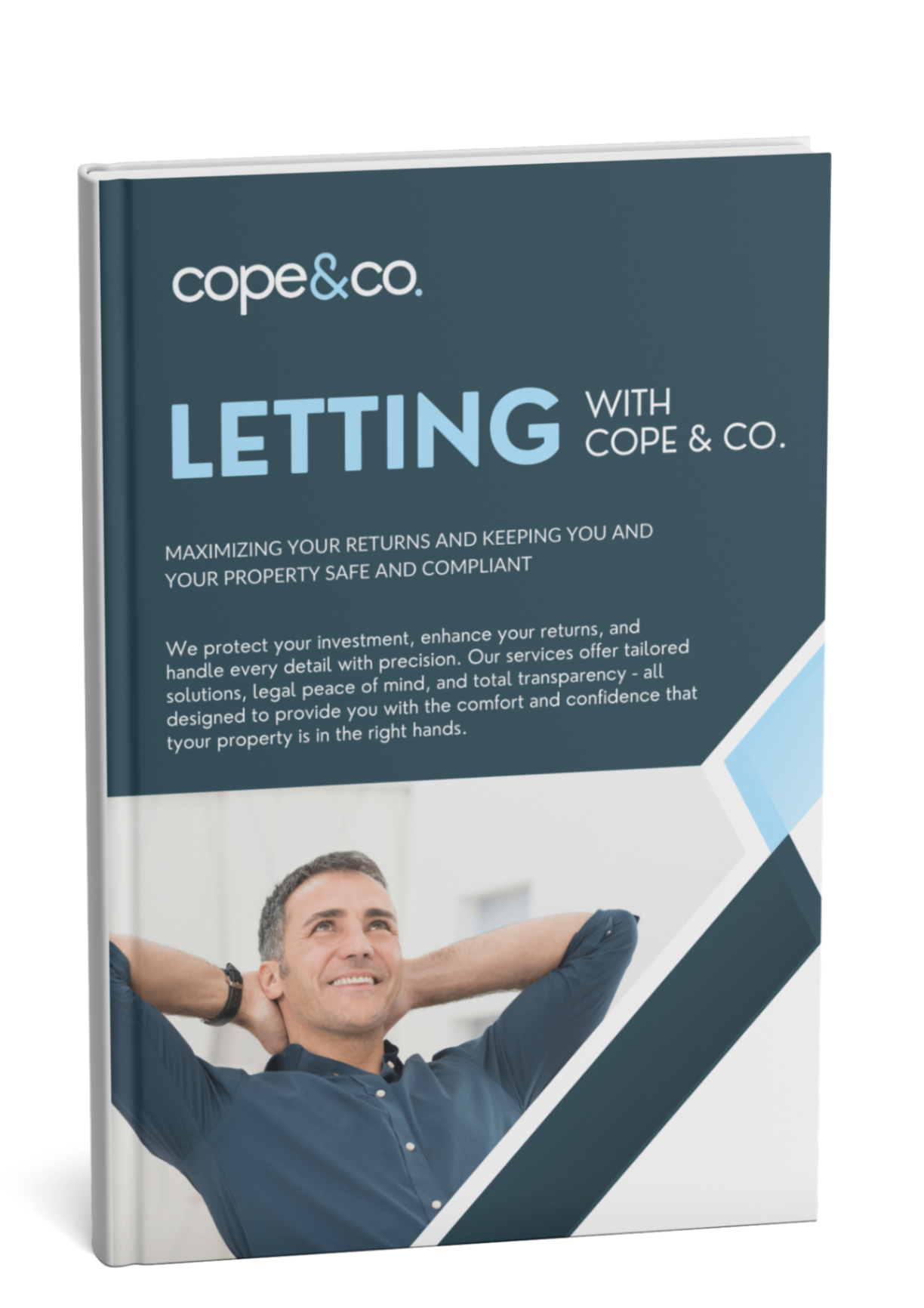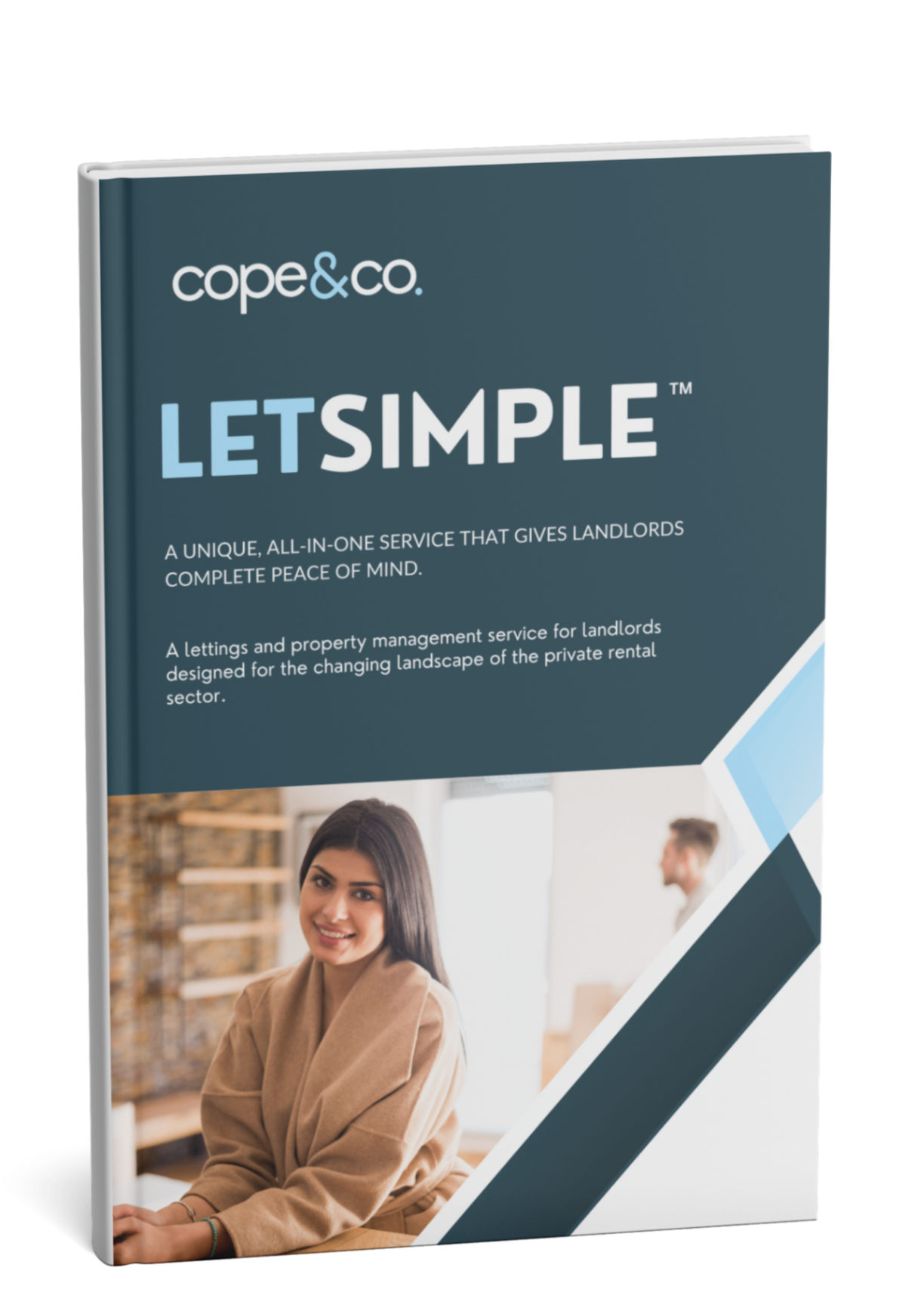
What is 'Fair, Wear and Tear' and How is it Applied at the End of a Tenancy?
When a tenancy comes to an end, many landlords believe that their property has to be handed over in exactly the same condition as on the start of the tenancy. However, landlords cannot be deemed materially or financially better off than on day one of the tenancy. This is where 'Fair Wear and Tear' rules are applied.
Wear and tear is a fairly simple concept but it can be a cause for debate at the end of a tenancy when the condition of the property is assessed in order to make any potential deductions from a tenancy deposit. The issue is that many landlords do not understand how wear and tear differs from wilful or negligent damage caused by the tenant during the tenancy.
What is Fair, Wear and Tear?
There are lots of definitions of 'Fair, Wear and Tear'. We think the definition used by Propertymark is the best;
Fair wear and tear is the gradual deterioration or 'damage' that occurs to the condition of the rented property and its contents, fixtures and fittings through a tenant's normal and reasonable use.
There are several things to consider when assessing fair wear and tear at the end of the tenancy;
- Age, quality and condition of any item at the start of the tenancy
- Average useful lifespan of the item
- Reasonable expected usage of such an item
- Number and type of occupants in the property
- Length of tenancy
Different types of tenants can live very differently and preparing your property accordingly by understanding the type of tenant you rent to will help you manage your own expectations on how they might leave the property at the end of the tenancy.
If you are renting to students, for example, there may be more wear and tear compared to renting to a professional couple. Therefore, you may consider installing harder wearing or more economical carpeting and furniture. Avoidable damage that was not there at the start of the tenancy is damage and not wear and tear and will therefore be a cost that the tenant is responsible for.
The longer the tenants have lived in the property, the more natural wear and tear will occur. Tenants are not responsible for normal wear and tear of any part of the property which was there before their tenancy started or during the time they lived there.
When assessing wear and tear, you must consider the age of the items in the property. What condition were they in at the start of the tenancy? The life expectancy of an item can depend on both its quality and the amount of use it gets. Carpets in high traffic areas will obviously deteriorate quicker than a carpet in a spare bedroom, for example.
Adjudicators will take a consistent approach to the deterioration of décor and carpets for instance, allowing five years for their lifespan in a tenanted property, and just three years for student tenancies. The evidence will then show if the lifespan on that area or item can be adjusted.
Betterment and apportionment
A landlord is not legally entitled to have old items replaced with new ones at the tenant’s expense thus making you better off than you would have been had the damage not happened. This practice is called ‘betterment’.
To avoid betterment you must consider apportionment.
Any tenancy deposit deductions must consider fair wear and tear and whether repair or replacement is the most appropriate remedy. The cost of the remedy must then be appropriately divided between the landlord and the tenant. This is referred to as 'apportionment'.
Let's look at two examples relating to damage to a carpet as shown on the Propertymark website;
Example: A stain on the carpet (repair)
If the cost to clean the carpet is £50.00 but the landlord decides to have a new carpet, they cannot lawfully charge the tenant for the full cost of a new carpet. The cost should be split between the landlord and the tenant, so, if a new carpet is £500.00 this should be apportioned as £450.00 to you and £50.00 (cleaning cost) to the tenant.
Example: Severe damage to the carpet (replace)
If the damage to the carpet is so extensive it affects the quality of the property and achievable rent, the most appropriate remedy will be to replace the carpet. However, charging the tenant the full replacement cost is deemed unfair, so cost must be apportioned between the landlord and the tenant.
This formula, again, used by Propertymark considers the value and lifespan of the carpet and splits the purchase cost over the lifespan. The same formula can be applied to other items in the property.
A The replacement cost of similar carpet £500
B Age of carpet 2 years
C The expected lifespan of the carpet 10 years
D The remaining lifespan of carpet (C – B) 8 years
E Annual depreciation (A ÷ C) £50 per year
F The apportioned cost to the tenant (D x E) £400
The expected lifespan of the carpet should reflect the conditions outlined under fair wear and tear, such as the number and type of occupants. Landlords should keep evidence of the calculation with a copy of the original purchase invoice and explain how the expected lifespan of the asset was calculated (e.g. manufacturer's guarantee), this is important in the event of a dispute with the tenant.
The NRLA (National Residential Landlord Association) offer some good advice on keeping wear and tear to a minimum.
Communication
Maintaining good relations with the tenant from the start and giving them good guidance on how to look after the property can only be beneficial. Let them know what you expect of them during their tenancy and how best to contact you and report any issues at the time they notice them. Conducting mid-term inspections (i.e. every three or six months) can help you spot any issues as and when they arise. This will allow you to carry out any repairs promptly or give appropriate advice on problems such as condensation, without waiting until the end of the tenancy when problems may have got worse.
Breaking down any proposed costs for a tenant, by showing exactly what was considered and how the amount was calculated, can help diffuse any potential conflict.
Photo and Video Evidence
The value of good visual evidence accompanying quality check-in and check-out inspection reports and any property visits carried out during the tenancy, will all help in any negotiation.
Photographs and video footage of damage such as burn marks, carpet stains, scratches or damage to woodwork and flooring or tears and rips in furniture can be very useful. Bear in mind the importance of digitally dating photographs to verify when they were taken, or providing an inventory where photographs are embedded.
Evidence which is clearly dated and/or signed by the tenant serves as a good negotiating tool at the end of the tenancy. What’s more, when the tenant is made aware of their responsibilities and the potential cost of not looking after the property they are more likely to keep it in good condition.











